Introduction: What is Bitcoin Mining? 💰
Bitcoin mining is like solving puzzles on your computer to earn digital money! 🧩 Think of it as a digital treasure hunt where powerful computers compete to solve complex math problems. When you solve these problems first, you get rewarded with Bitcoin!
This process is super important because it:
- ✅ Keeps the Bitcoin network safe and secure
- ✅ Confirms all Bitcoin transactions worldwide
- ✅ Creates new bitcoins (that’s how new coins enter the market!)
- ✅ Maintains the blockchain ledger system

Table of Contents
🔍 Understanding Bitcoin Mining Basics
What Exactly Happens During Mining?
When you mine Bitcoin, your computer becomes part of a massive global network that:
1. Verifies Transactions 📋
- Checks if Bitcoin transactions are real
- Makes sure nobody spends the same Bitcoin twice
- Confirms the sender actually owns the Bitcoin
2. Solves Mathematical Puzzles 🧮
- Computers race to solve complex problems
- The first one to solve it wins the reward
- This process is called “proof of work”
3. Adds New Blocks to Blockchain ⛓️
- Winner adds a new “block” of transactions
- This block gets permanently added to the chain
- Creates an unchangeable record of all transactions
🏭 Bitcoin Mining Methods: Choose Your Path
1. CPU Mining (Old School) 💻
What it is: Using your regular computer processor
- ✅ Pros: Easy to start, no special equipment needed
- ❌ Cons: Super slow, uses lots of electricity, barely profitable
- Best for: Learning how mining works (not making money!)
2. GPU Mining (Graphics Cards) 🎮
What it is: Using gaming graphics cards for mining
- ✅ Pros: Faster than CPU, can mine different cryptocurrencies
- ❌ Cons: Expensive electricity bills, slower than ASIC miners
- Best for: Mining altcoins or small-scale operations
3. ASIC Mining (Professional Level) ⚡
What it is: Special machines built only for Bitcoin mining
- ✅ Pros: Super fast, most efficient, best profit potential
- ❌ Cons: Expensive to buy, only mines Bitcoin
- Best for: Serious miners who want maximum profits

4. Cloud Mining (Rent Mining Power) ☁️
What it is: Renting mining equipment from companies
- ✅ Pros: No equipment to buy, no technical setup
- ❌ Cons: Monthly fees, less control, potential scams
- Best for: Beginners who want to try mining without big investment
📊 Solo Mining vs Pool Mining: Which is Better?
Solo Mining (Going Alone) 🎯
How it works: You mine by yourself with your own equipment
Advantages:
- Keep 100% of rewards when you win
- Complete control over your operation
- No pool fees to pay
Disadvantages:
- Very low chance of winning (like lottery tickets!)
- Long periods with no income
- Need expensive, powerful equipment
Pool Mining (Team Up!) 🤝
How it works: Join forces with other miners to share rewards
Advantages:
- Steady, predictable income
- Much higher chance of earning rewards
- Can start with less powerful equipment
- Shared electricity and cooling costs
Disadvantages:
- Pay pool fees (usually 1-4%)
- Share rewards with other miners
- Depend on pool’s reliability
💡 Pro Tip: Most successful miners use pool mining because it provides consistent income!
🛠️ Essential Equipment for Bitcoin Mining
Mining Hardware Options
1. ASIC Miners (Recommended) 🏆
- Bitmain Antminer S19 Pro: 110 TH/s, $2,000-$3,000
- Whatsminer M30S++: 112 TH/s, $2,500-$3,500
- Canaan AvalonMiner 1246: 90 TH/s, $1,800-$2,500
2. GPU Cards (Alternative)
- NVIDIA RTX 4090: Great for altcoins
- AMD RX 7900 XTX: Good efficiency
- Multiple card setups: 6-8 cards per rig
Additional Equipment Needed
Power Supply Units (PSUs) ⚡
- High-efficiency PSUs (80+ Gold or better)
- Calculate: Mining power + 20% extra capacity
Cooling Systems ❄️
- Industrial fans for air cooling
- Liquid cooling for advanced setups
- Proper ventilation systems
Internet Connection 🌐
- Stable, high-speed internet
- Low latency for competitive mining
- Backup connection recommended
💰 Mining Profitability: Can You Make Money?
Factors Affecting Profitability
1. Bitcoin Price 📈
- Higher Bitcoin price = More profit
- Price volatility affects earnings
- Current consideration: Bitcoin halving events reduce rewards
2. Electricity Costs ⚡
- Biggest ongoing expense (60-80% of costs)
- US Average: $0.10-$0.15 per kWh
- Cheap states: Washington, Oregon, Idaho
- Expensive states: California, New York, Hawaii
3. Mining Difficulty 📊
- Network automatically adjusts difficulty
- More miners = Higher difficulty
- Affects how much you can earn
4. Hardware Efficiency 🔧
- Newer machines are more efficient
- Measured in watts per terahash (W/TH)
- Better efficiency = Lower electricity costs
Sample Profitability Calculation
Example Setup:
- Equipment: Antminer S19 Pro (110 TH/s)
- Power consumption: 3,250W
- Electricity cost: $0.12/kWh
- Bitcoin price: $30,000
Monthly Costs:
- Electricity: $281 (3.25 kW × 24h × 30 days × $0.12)
- Pool fees: $25 (2.5% of earnings)
- Total monthly cost: $306
Potential monthly earnings: $400-$600 (varies with difficulty)
Net profit: $94-$294 per month
“Need a secure wallet for your mined BTC? Check out our wallet reviews”
🏢 Setting Up Your Mining Operation
Location Requirements
Space Considerations 🏠
- Dedicated room or garage
- Good ventilation for heat removal
- Sound dampening (miners are LOUD!)
- Secure location to prevent theft
Climate Control 🌡️
- Temperature control systems
- Humidity management
- Air circulation fans
- Consider seasonal temperature changes
Electrical Setup ⚡
- Adequate power capacity
- Proper electrical circuits
- Surge protection
- Professional electrician consultation
Legal and Regulatory Considerations
Check Local Laws 📋
- Mining regulations in your state
- Zoning laws for residential areas
- Noise ordinances
- Business licensing requirements
Tax Implications 💰
- Mining income is taxable
- Keep detailed records
- Consider quarterly tax payments
- Consult with tax professional
🔧 Step-by-Step Mining Setup Guide
Step 1: Choose Your Mining Method
- Decide between solo or pool mining
- Select appropriate hardware
- Set budget for initial investment
Step 2: Purchase Equipment
- Buy ASIC miners or GPU rigs
- Get power supplies and cooling
- Order networking equipment
Step 3: Prepare Your Location
- Set up proper ventilation
- Install electrical circuits
- Create secure environment
Step 4: Install Mining Software
Popular Options:
- CGMiner: Advanced features, command-line
- BFGMiner: ASIC-focused, highly customizable
- EasyMiner: User-friendly interface for beginners
Step 5: Join Mining Pool
Top Mining Pools:
- Slush Pool: Oldest pool, great reputation
- F2Pool: Large pool, good payouts
- Antpool: Owned by Bitmain, reliable
- Poolin: Competitive fees, good support
Step 6: Create Bitcoin Wallet
Wallet Types:
- Hardware wallets: Ledger, Trezor (most secure)
- Software wallets: Electrum, Bitcoin Core
- Exchange wallets: Convenient but less secure
Step 7: Configure and Start Mining
- Connect hardware to pool
- Configure mining software
- Monitor performance and earnings
📢 Join our community on Telegram for the latest crypto updates, airdrops, and mining tips!
🌍 Global Mining Landscape
Major Mining Regions
United States 🇺🇸
- Texas: Cheap electricity, mining-friendly laws
- Wyoming: Cryptocurrency-friendly regulations
- Washington: Hydroelectric power, cool climate
Other Countries:
- Kazakhstan: Large mining operations
- Russia: Cheap electricity, cold climate
- Canada: Renewable energy, stable regulations
Environmental Considerations
Energy Consumption Concerns 🌱
- Bitcoin network uses significant electricity
- Growing focus on renewable energy
- Solar and wind power adoption increasing
Sustainable Mining Practices:
- Use renewable energy sources
- Improve hardware efficiency
- Carbon offset programs
- Heat recovery systems
📈 Future of Bitcoin Mining
Upcoming Changes
Bitcoin Halving Events 📅
- Next halving: Expected 2028
- Reward reduced from 6.25 to 3.125 BTC
- Historically increases Bitcoin price
Technological Advances 🚀
- More efficient ASIC chips
- Better cooling solutions
- Renewable energy integration
- AI-powered optimization
Investment Considerations
Market Trends 📊
- Institutional adoption growing
- Regulatory clarity improving
- Technology becoming more accessible
Risk Factors ⚠️
- Regulatory changes
- Market volatility
- Technology obsolescence
- Competition increase
💡 Pro Tips for Successful Mining
Maximize Your Profits
1. Choose the Right Location 🏆
- Find areas with cheap electricity
- Consider climate for cooling costs
- Check local regulations
2. Join Reputable Pools 🤝
- Research pool reliability
- Compare fee structures
- Check payout methods
3. Monitor and Optimize 📊
- Track daily earnings
- Monitor equipment health
- Adjust for market changes
4. Plan for Maintenance 🔧
- Regular equipment cleaning
- Replace worn parts
- Keep spare components
Avoid Common Mistakes
❌ Don’t:
- Ignore electricity costs
- Buy outdated equipment
- Skip proper cooling
- Forget about taxes
✅ Do:
- Research thoroughly
- Start small and scale up
- Keep detailed records
- Stay updated on regulations
🔐 Security and Safety
Equipment Security
Physical Security 🛡️
- Secure mining location
- Insurance coverage
- Backup power systems
- Fire safety measures
Digital Security 💻
- Secure wallet storage
- Strong passwords
- Regular software updates
- Backup recovery phrases
Scam Prevention
Common Scams to Avoid 🚨
- Fake mining equipment sellers
- Ponzi scheme mining pools
- Cloud mining scams
- Phishing attacks
Safety Measures:
- Buy from authorized dealers
- Verify pool legitimacy
- Use reputable exchanges
- Never share private keys
🎯 Conclusion: Start Your Mining Journey
Bitcoin mining can be profitable, but it requires:
- Proper planning and research
- Significant investment in equipment
- Ongoing management and optimization
- Understanding of risks and regulations
Key Takeaways
For Beginners: 🚀
- Start with cloud mining or small GPU setup
- Join mining pools for steady income
- Focus on learning before big investments
For Serious Miners: 💰
- Invest in efficient ASIC equipment
- Secure cheap electricity sources
- Plan for long-term operations
For Everyone: 🌟
- Stay informed about market changes
- Follow regulations and pay taxes
- Consider environmental impact
Ready to Start Mining?
Bitcoin mining is an exciting way to participate in the cryptocurrency revolution! Whether you’re looking to earn some extra income or build a serious mining operation, the key is to start with proper knowledge and realistic expectations.
Remember: Success in Bitcoin mining comes from patience, proper planning, and continuous learning! 🚀
Disclaimer:
Please note that I am a human and human can make mistakes and this information is for educational purposes only. Nothing in this article should be considered financial or investment advice. Cryptocurrencies are volatile and involve substantial risk of loss. Always do your own research before making any investment decisions. Consult with a qualified financial advisor for personalized guidance.
Please Note:-
CryptoView.live may contain links to third-party websites or external resources purely for informational purposes. We do not control or endorse the content, accuracy, or offerings of any third-party site linked within our platform. Visitors are strongly encouraged to conduct their own research before engaging with any services or content mentioned. The views expressed on CryptoView.live do not constitute financial advice and reflect the opinions of the authors, not necessarily those of the platform itself.
Is Bitcoin mining still profitable in 2025?
Bitcoin mining can still be profitable in 2025, but it heavily depends on several factors:
The cost of electricity in your region
The efficiency of your mining hardware (ASICs like Antminer S21 or WhatsMiner M60)
The current Bitcoin price
The network difficulty, which adjusts every 2,016 blocks To maximize profitability, many miners are shifting to renewable energy sources or joining mining pools to reduce variance in rewards.
Can I mine Bitcoin on my phone or laptop in 2025?
No. Mining Bitcoin on a phone or laptop is no longer feasible. The Bitcoin network is highly competitive and requires specialized ASIC hardware to solve SHA-256 puzzles efficiently. Attempting to mine on consumer devices will result in zero returns and potential hardware damage.
What is the current block reward in 2025?
As of the 2024 halving, the Bitcoin block reward is 3.125 BTC. This reward is given to the miner (or mining pool) that successfully validates a block. The next halving is expected in 2028, reducing the reward to 1.5625 BTC.
How long does it take to mine 1 BTC in 2025?
t depends on your hash rate and whether you’re mining solo or in a pool:
A solo miner with a top-tier ASIC might take months or years to mine 1 BTC.
In a mining pool, you receive fractional rewards more frequently, based on your contribution. Use a Bitcoin mining calculator to estimate your earnings based on your setup.
Is cloud mining a good option in 2025?
Cloud mining can be a convenient way to get started without buying hardware, but it comes with risks:
Many platforms offer low ROI or have hidden fees.
Some are outright scams. If you choose cloud mining, stick to reputable providers like Binance Pool or StormGain, and always read reviews before investing.
What are the legal and tax implications of mining Bitcoin in 2025?
Bitcoin mining is legal in many countries, but you must:
Report mining income as taxable income
Track electricity costs and hardware depreciation for deductions (if applicable)
Comply with local crypto regulations Always consult a crypto-savvy tax advisor or refer to your country’s tax authority for the latest rules.


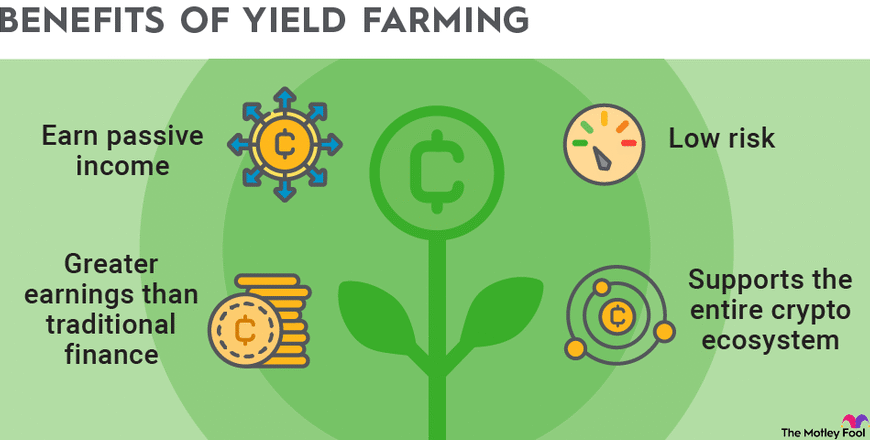


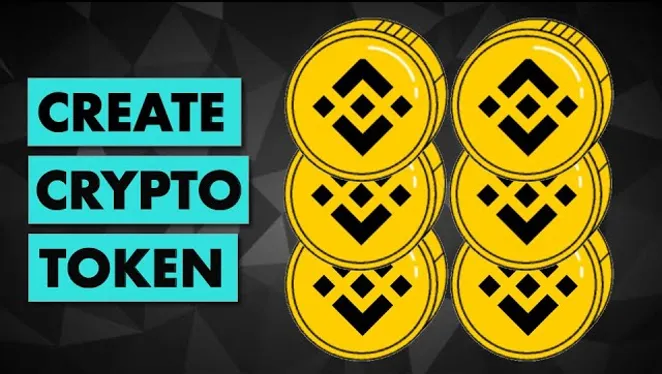
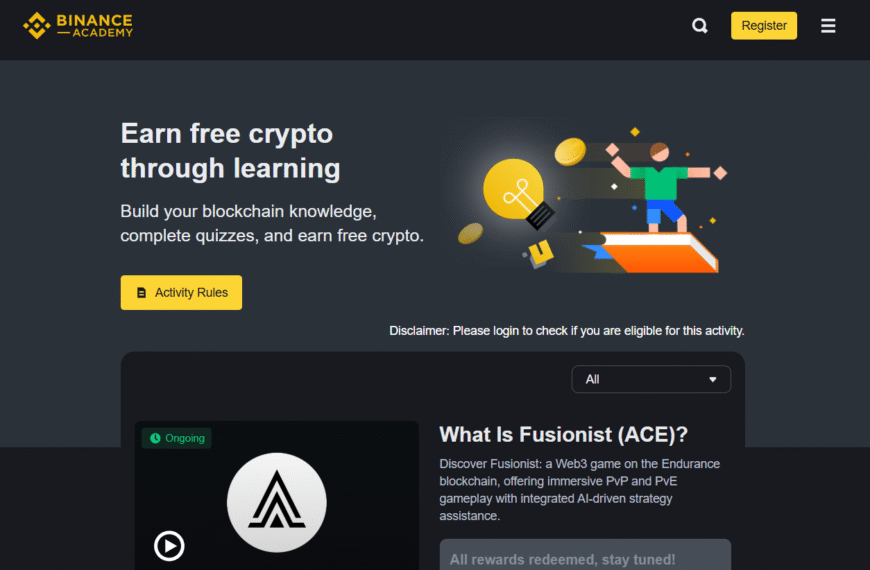

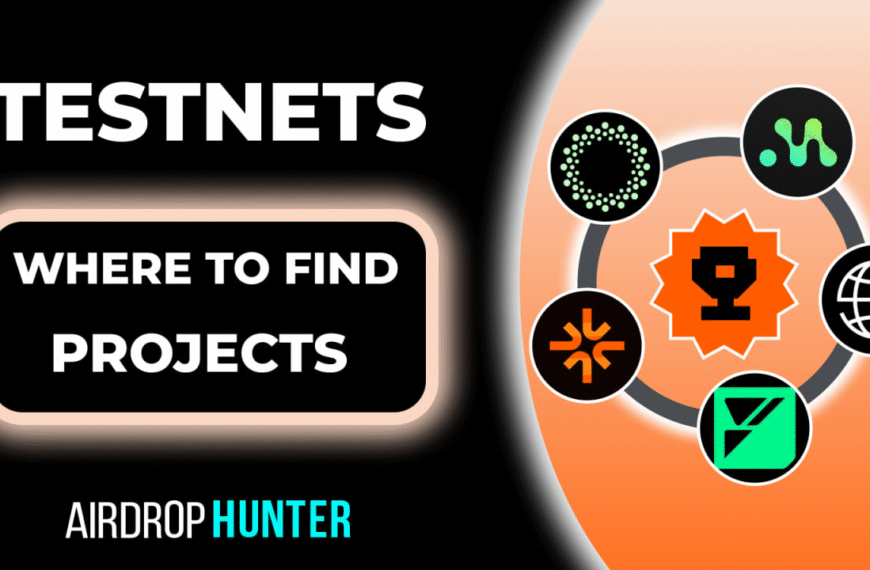
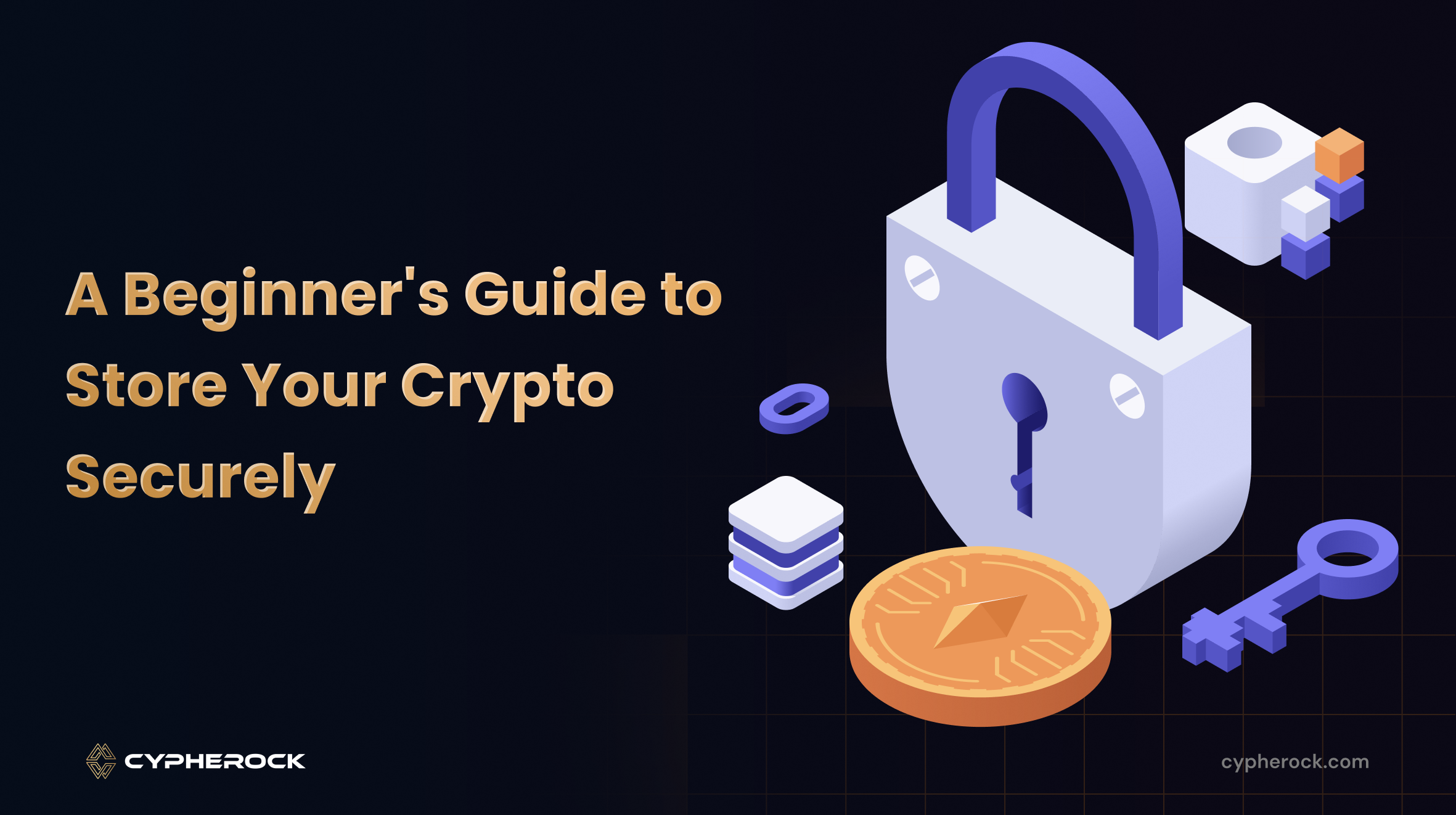
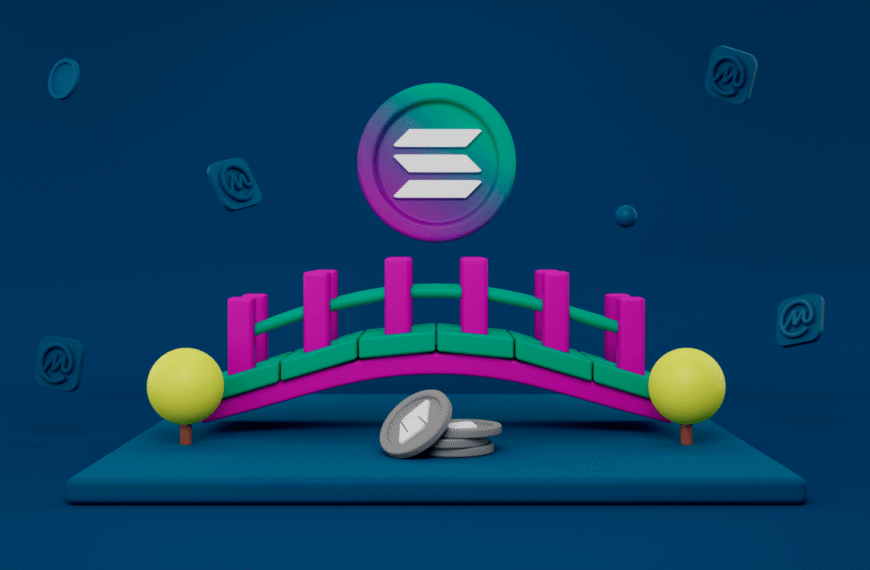

![Ultimate Crypto Ticker [Live] – Track BTC, ETH & Top Coins 24/7](https://cryptoview.live/wp-content/uploads/2025/07/image-1-870x570.png)